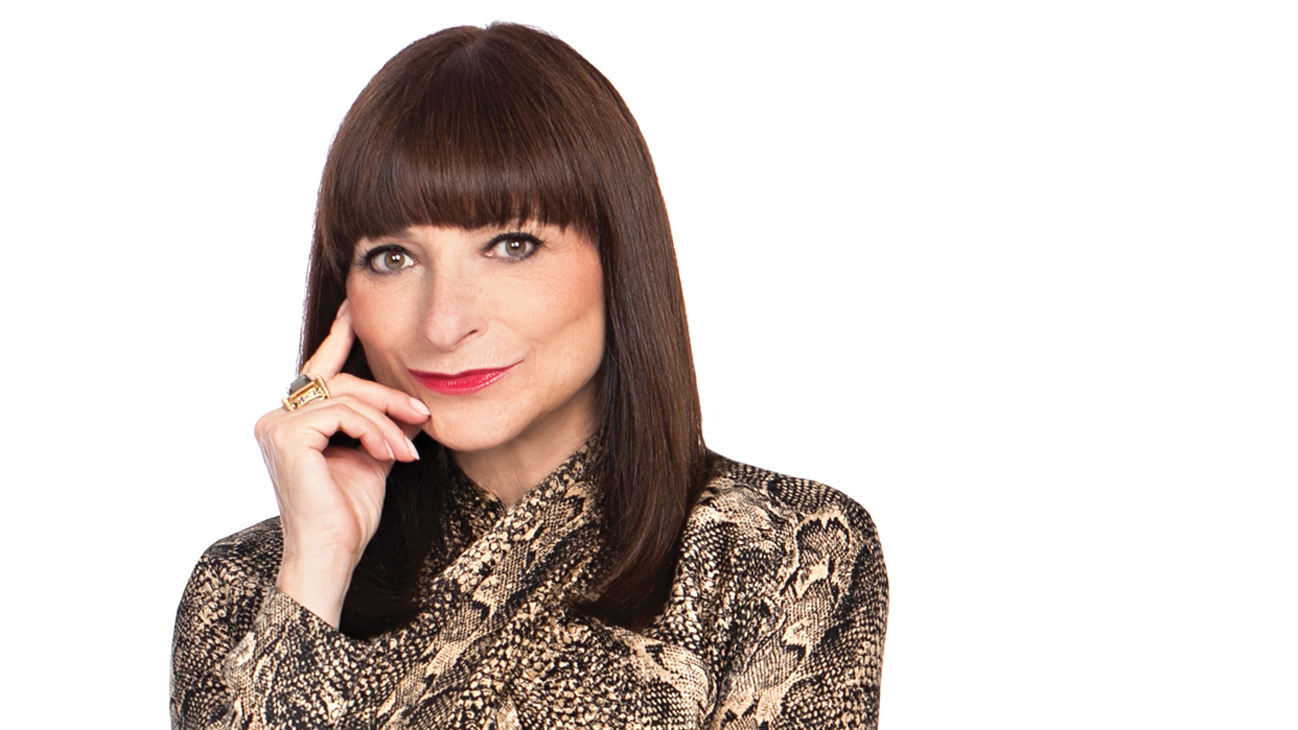Jeanne Beker is one of the most influential and fabulous women in the fashion industry—in Canada and around the world. A long-time celebrity, Jeanne speaks on how she rose to the top of arts and culture media as the iconic host of TV’s Fashion Television, along with what it takes to be a successful entrepreneur. A feature columnist with The Globe and Mail, Jeanne writes below on the need for “more than Fashion Week” in Canada:
“How excited are you about Fashion Week?”
I was recently asked that question as I sat on a stool in a Toronto studio, a camera’s looming lens ready to capture my response. I had been invited to partake in a small film project celebrating Canadian fashion and was encouraged to expound on how things had evolved over the past three decades, since I first started reporting on Fashion Television. “How far do you think the scene has come?” the interviewer probed. I felt that I had to bite the bullet and be honest.
Am I excited about Fashion Week? The idea of celebrating talent is always exhilarating. We don’t do it enough in this country. And in a business that’s fraught with perils and pitfalls, where you’ve got to fight like a dog to pay your bills and hang on to your integrity while you reinvent the wheel at least every six months – well, every player who’s still standing each season deserves a whopping reward. Do we have outstanding talent in this country? We do. With a number of fine fashion schools, including Ryerson University’s, which has produced a handful of international success stories, Canada has managed to nurture a generation of progressive thinkers who respect what has gone before them but are determined to blaze new trails. Many are innovators who pay their dues in the gritty trenches and manage to ride the industry seesaw with aplomb. It’s never easy – not even for those fortunate enough to be backed by family money. The fickle fashion arena is unforgiving: It doesn’t suffer fools and, while it may perpetuate illusions, it also provides ruthless reality checks. It will build you up just to tear you down. Those who survive must be exalted. And those venturing out must be cheered.
How far has the scene come? Not far enough. The talent has been there in spades, but what saddens me is that, as worthy as our seasoned veterans are, very few have had the power to become household names. Longevity and growth beyond our borders has also been problematic for some. I think back to the Canadian stars who rose to prominence in the 1980s. There was Alfred Sung, who was backed and brilliantly marketed by the legendary Mimran brothers and established a brand that is lucrative to this day, though the label’s namesake designer rarely surfaces. Wayne Clark, dubbed Canada’s King of Glamour, is still in business and makes beautiful dresses, but his brand has nowhere near the reach and exposure it once did. Brian Bailey has made a solid commercial success of his business, yet the lion’s share of it remains within Canada. Franco Mirabelli, another astute businessman, has also sustained himself nicely in this country and, like Bailey, has built a legion of loyal fans. Montreal’s Marie Saint Pierre has garnered huge respect over the years for her forward designs and maintains her business, though it hasn’t been easy. And no one can vouch for that better than Denis Gagnon, one of French Canada’s greatest design treasures, whose avant-garde sensibility is revered, though not always rewarded. There are other Canadian designers who have certainly made their mark over the past three decades and continue in the business to varying degrees: Simon Chang, Dominic Bellissimo, David Dixon, Linda Lundstrom, Hilary Radley, Catherine Regehr, Stephan Caras, Joyce Gunhouse and Judy Cornish of Comrags, Joeffer Caoc, Izzy Camilleri – all wonderful talents who soldier on but don’t rule the kinds of empires that their established American or European counterparts do. Then again, with a smaller population and a more timid entrepreneurial spirit, brand-building in this country is an overwhelming challenge.
Our biggest international bright lights are Dsquared’s Dean and Dan Caten, the brothers from Willowdale, Ont., who aimed to occupy the world stage back in the mid-eighties and now rule the roost from their perch in Milan. There are others who are following suit, including Montreal’s Erdem Moralioglu, who has built a brilliant name for himself in London. Winnipeg’s Mark Fast is also winning accolades in London, as is Ottawa’s Todd Lynn and Montreal’s Thomas Tait. Rad Hourani, also from Montreal, set his sights on Paris, as did Toronto’s Calla Haynes. I’m thrilled we have such strong representatives waving our flag on foreign shores. Wouldn’t it have been wonderful if they could’ve made their voices heard from home?
But there’s a price to pay for staying in this glorious country. This past year, when two of our best-loved designers, Lida Baday and Jeremy Laing, closed shop, I had to ask myself, “What does it take to really make it here in Canada?” It’s certainly loads more than mere talent and tenacity. Yes, there are some fantastic burgeoning fashion brands on the horizon, and new online opportunities are destined to change the shape of things to come. But I still worry about logistics. Big American retailers are moving in, fast and furious. We all have to pray that they’re going to recognize the value of what’s intrinsically Canadian, and how supporting these brands is vital to our national identity and, ultimately, our sense of ourselves. Then we have to get out there and shop – invest in our own, support homegrown labels, make a lot of noise about them. It’s time for Canadian fashion to rise up and show the world it matters. And it’s up to us to strut it proudly.

